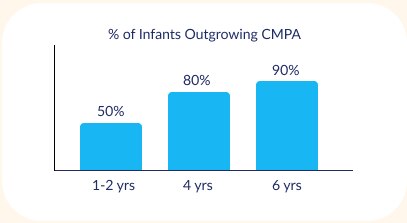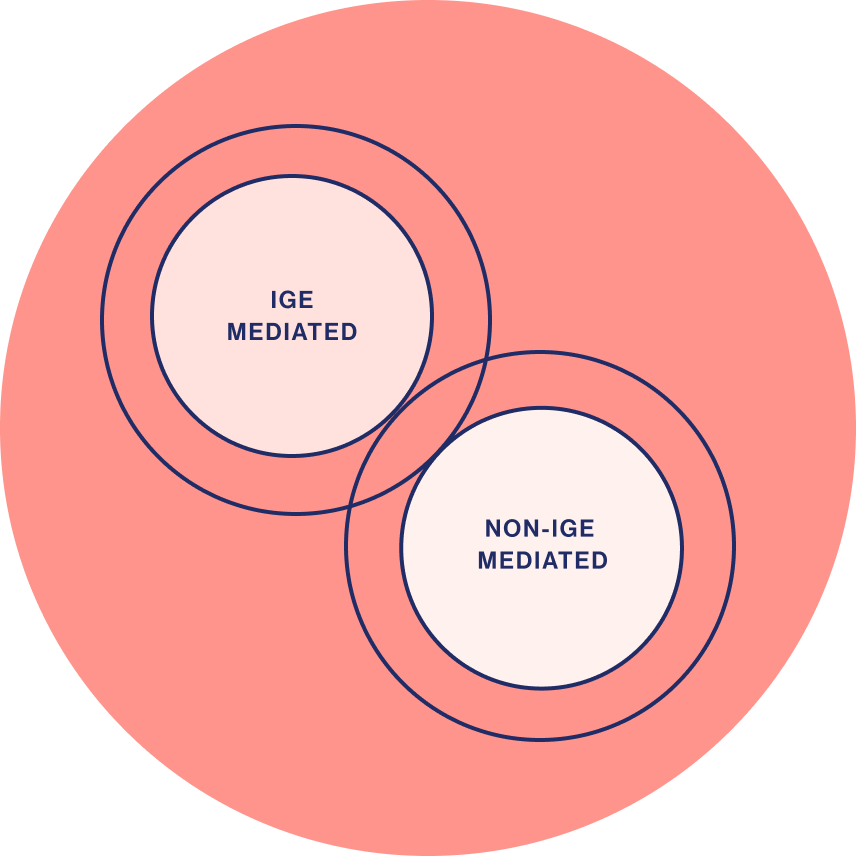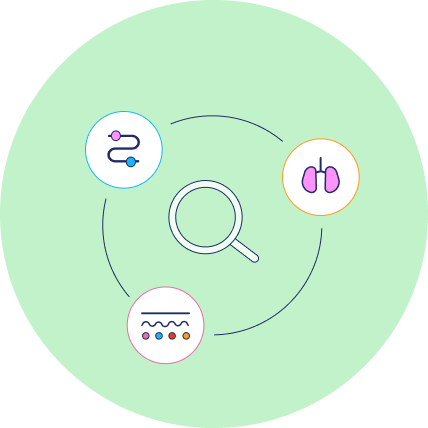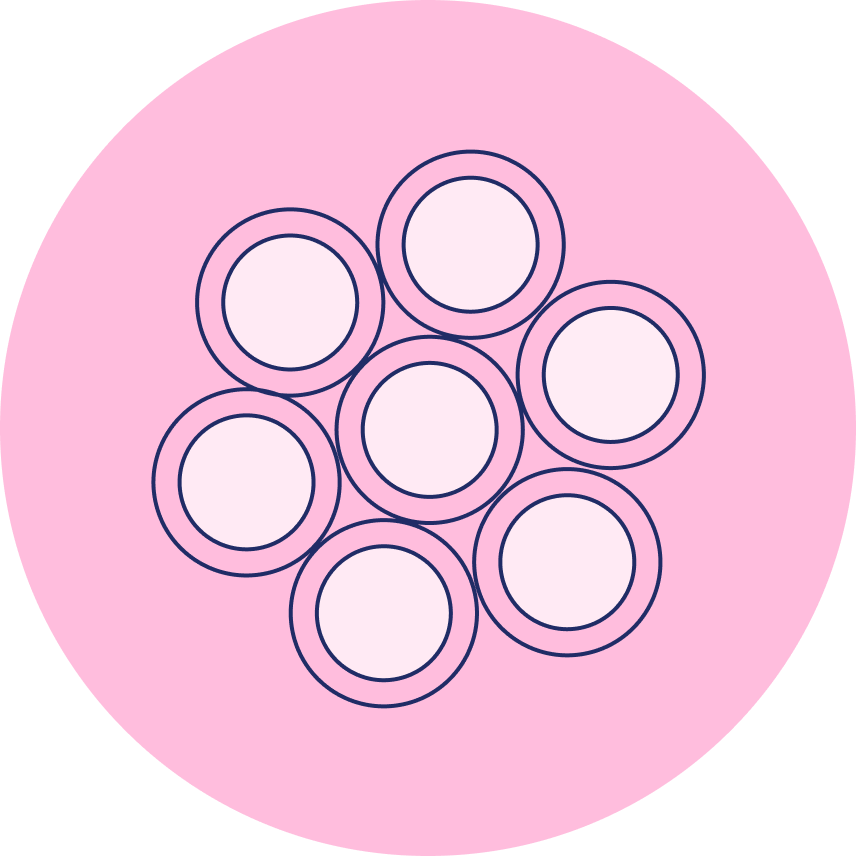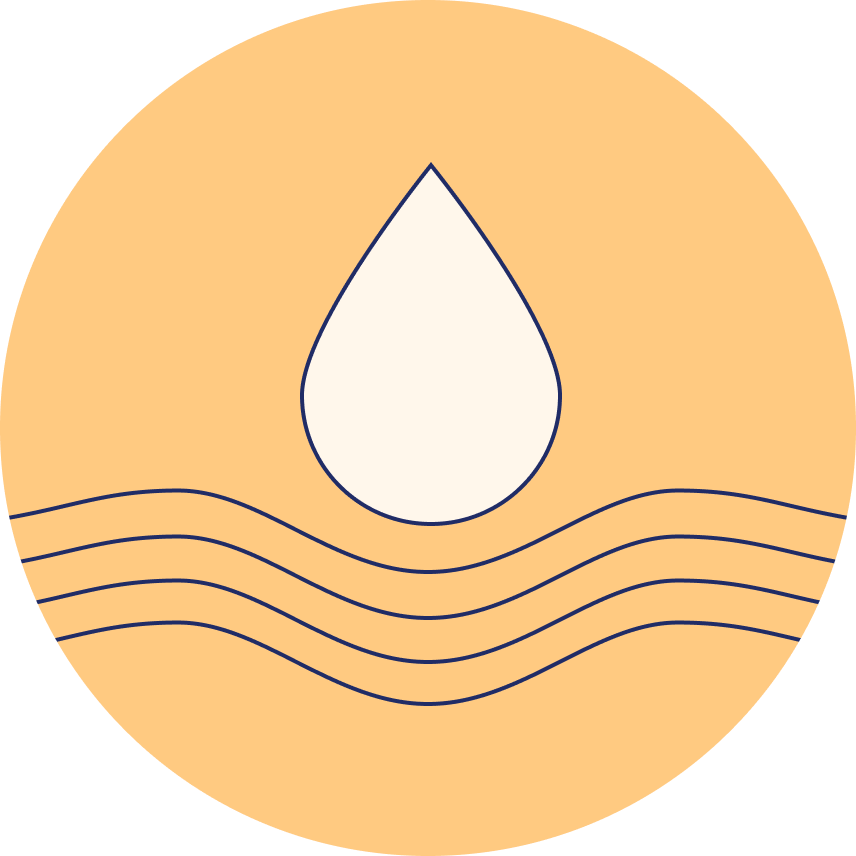We believe breast milk is the best food for infants. When in consultation with their
healthcare professional, mothers and families find that optimal breastfeeding is not
possible due to their infant’s medical condition, formulas for special medical purposes
play a vital role in providing essential nutrients to infants. We have a global
commitment to market breast-milk substitutes responsibly.
This website is about the management of cow’s milk protein allergy and nutritional
solutions intended for infants. By continuing on this website, you accept that Nestlé
supplies the information at your own request.
Are you a healthcare professional or a parent ?



